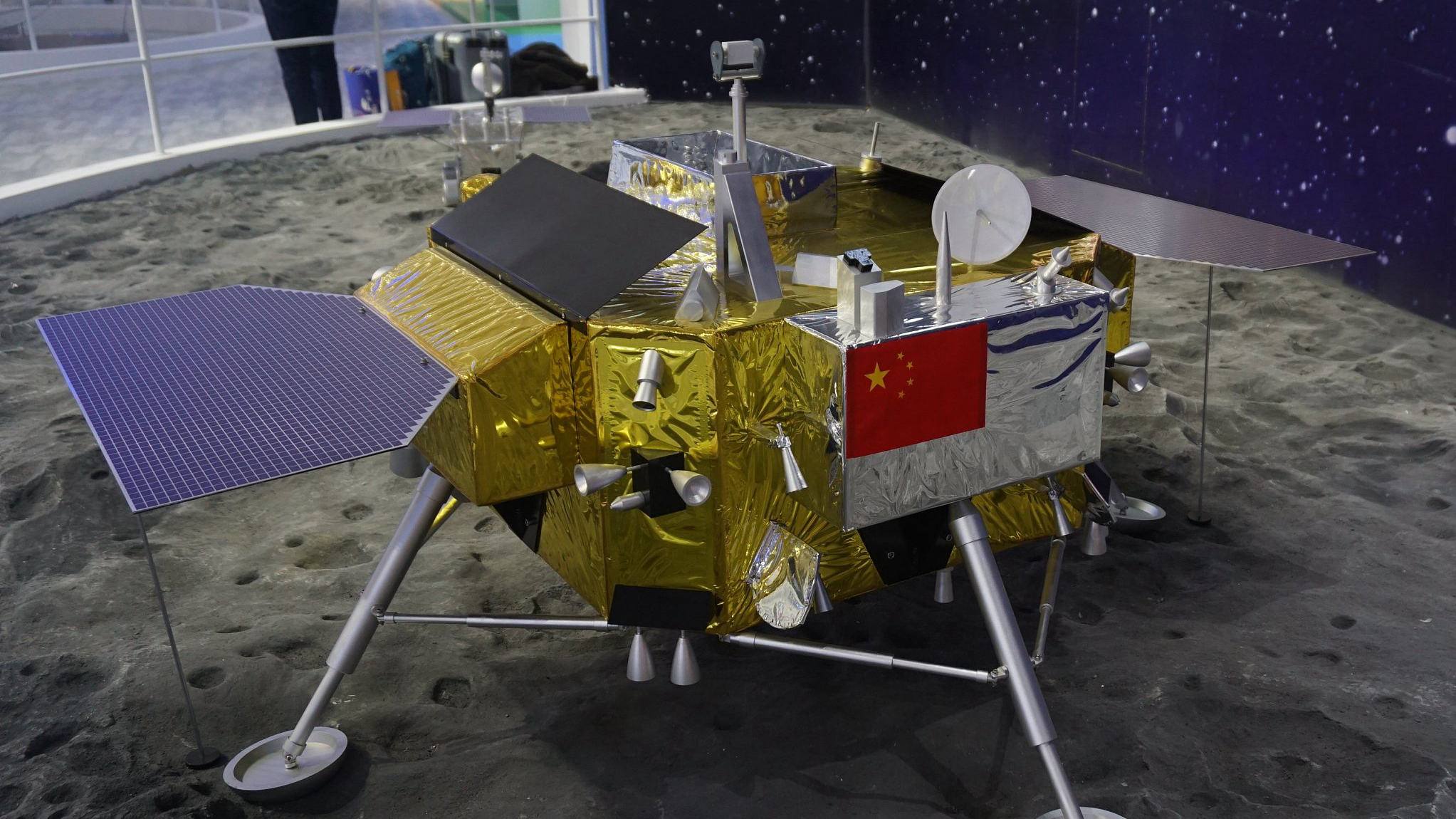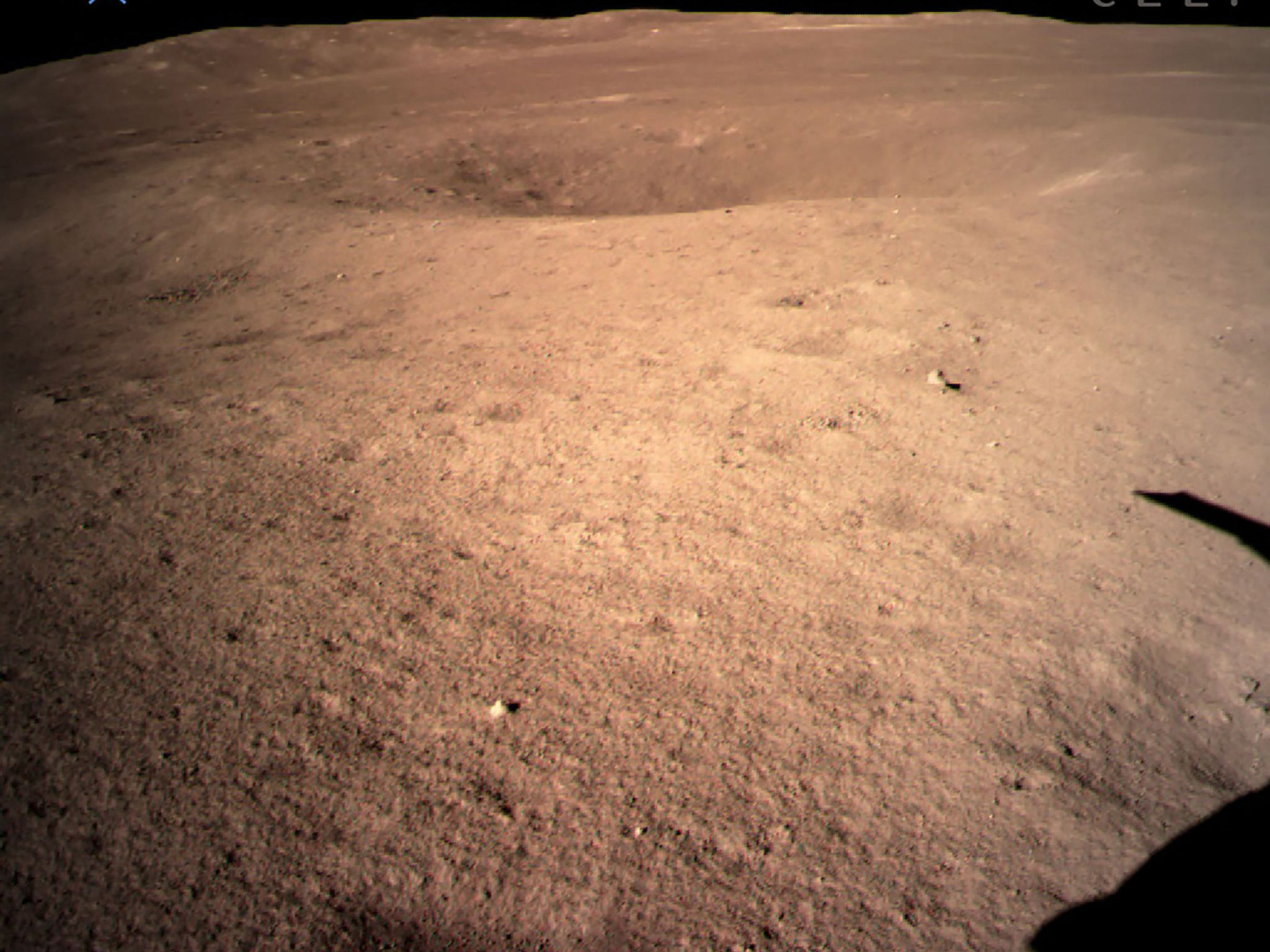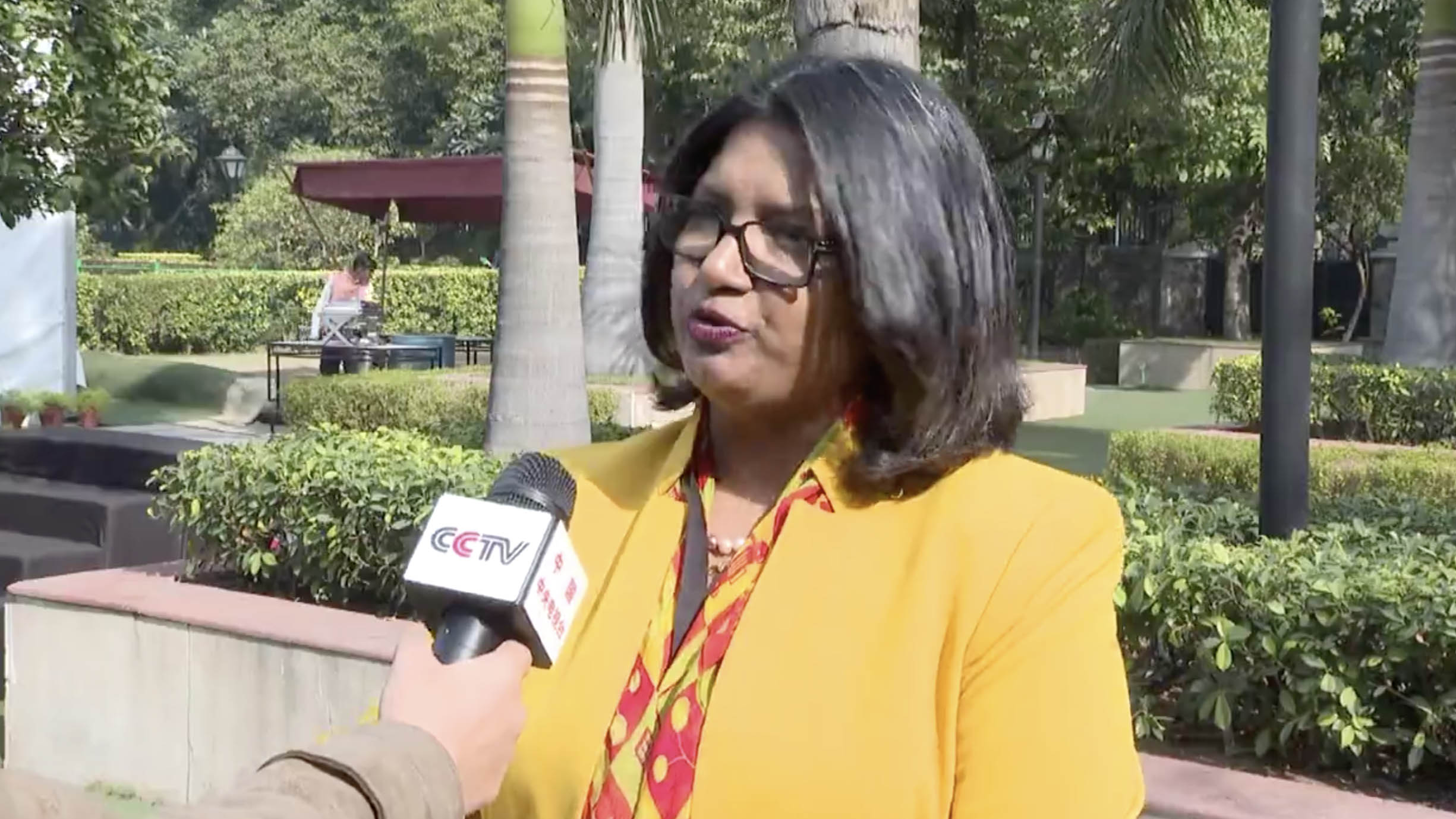
Analysis
21:16, 12-Jan-2019
Analysis: Why is Chang'e-4 a historic feat
Updated
21:03, 15-Jan-2019
CGTN's Xu Sicong
00:36

On January 3, 2019, humanity witnessed a historic feat in space exploration as China successfully landed its lunar robotic mission, Chang'e-4, on the far side of the moon.
The significance of the mission lies in the fact that it was the first successful lunar probe that was aimed at the “dark side” of the moon. The news has not only inspired a great sense of national pride in the Chinese people but has also been warmly received by international media.

This handout picture taken by the Chang'e-4 probe and released by the China National Space Administration on January 3, 2019, shows an image of the "dark side" of the moon. /VCG Photo
This handout picture taken by the Chang'e-4 probe and released by the China National Space Administration on January 3, 2019, shows an image of the "dark side" of the moon. /VCG Photo
Three international space scientists talked with CGTN about this momentous achievement, breaking down why the event has generated widespread excitement even outside the country.
Ivan M. Moiseyev, director of the Institute of Space Policy in Russia, noted that before Chang'e-4, there had been 19 other landings on the moon with the last one taking place 40 years ago, but all on the near side.
He said that it has been a long-time human aspiration to see the “mysterious side” of the moon. The desire to unveil the unknown and understand the differences between the two sides has held an everlasting appeal for humanity.
However, China is the first country to be successful. Experts explained that the rarity of such attempts was partly due to the technical difficulties it involves. Professor R. K. Pant at the Department of Aerospace Engineering at IIT Bombay said that China had pushed the frontiers of space science as it has solved the issue of direct communication between the moon's far side and Earth. The solution that Chinese scientists came up with was to set up a relay satellite called Queqiao in Chinese, which was successfully launched in May 2018.
00:28

Moiseyev agreed that sending a relay satellite to the right location and getting it to work smoothly is a tough task. He believes that the fact that the rover Yutu 2 is on the move, conducting scientific operations on the lunar surface, attests to the effective communication between the rover and its mother planet and Queqiao's success.
He added that China's space programs like this one have demonstrated to the world the country's scientific prowess. However, no country is an island in space exploration. The Russia expert emphasized that international cooperation is needed in such missions, of which China and Russia serve as good examples. The two sides are enhancing cooperation in the field by signing a range of deals, with the aim of developing their national economies, particularly in their engine manufacturing industry. Peering into the future, he said that the two sides would plan on building a moon-orbiting space station and enhance data-sharing.
(If you want to contribute and have specific expertise, please contact us opinions@cgtn.com.)

SITEMAP
Copyright © 2018 CGTN. Beijing ICP prepared NO.16065310-3
Copyright © 2018 CGTN. Beijing ICP prepared NO.16065310-3